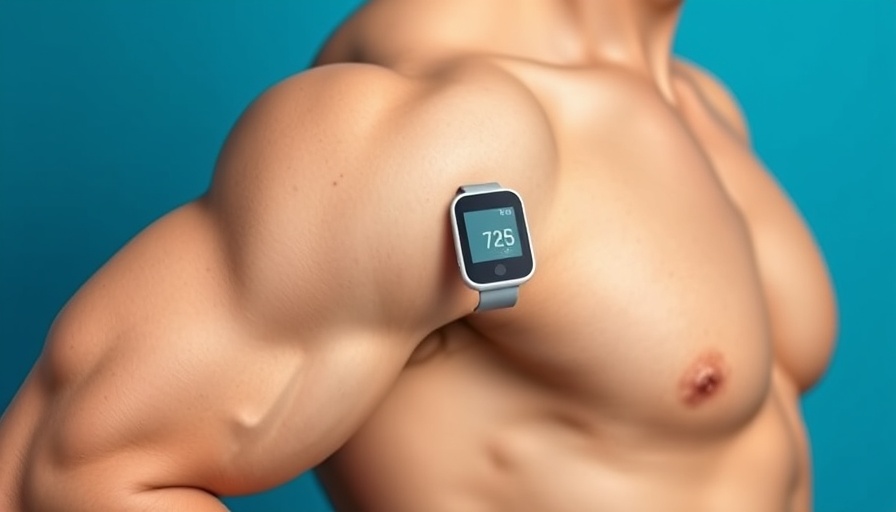
Is a Continuous Glucose Monitor Right for You?
In a world increasingly governed by technology, continuous glucose monitors (CGMs) are revolutionizing health management. These compact, wearable devices are touted as personal health assistants that can track blood sugar levels with remarkable precision. But as their popularity grows, particularly among those without diagnosed conditions, it's essential to critically evaluate their role in everyday health.
The Essential Function of CGMs
CGMs serve a critical purpose for those managing diabetes. For the over 38 million Americans diagnosed with this condition, the real-time glucose data provided can be a lifesaver, enabling users to make informed dietary and lifestyle choices that could prevent serious complications like heart disease. Equipped with a small sensor that sits just under the skin, CGMs relay data to your smartphone, allowing for instant insights into how food, exercise, and even stress affect blood sugar levels.
The Dilemma for Healthy Individuals
So what about those who are healthy? Experts like Dr. Jody Dushay express skepticism regarding the benefits for non-diabetics using CGMs. While they offer intriguing data, the insights gained by healthy individuals can often be misleading. Normal blood sugar variation can cause unnecessary anxiety when people start reading into fluctuations that might not pose any real threat.
Are CGMs Accurate?
Another pressing question is the accuracy of these devices. Rather than empowering users, there's a risk that CGMs may lead to misinterpretation of data, shifting attention away from a balanced approach to health. For someone without blood sugar abnormalities, reliance on CGMs can result in heightened stress over minor fluctuations.
Future Opportunities: A New Approach to Preventative Health
Despite the concerns, there’s potential for CGMs to evolve into crucial preventative health tools. As technology marches on, the ability to predict health issues before they arise could become a standard practice—guiding people to adjust their lifestyles proactively. Imagine a scenario where your CGM alerts you well ahead of potential issues related to prediabetes, steering you towards healthier habits before serious conditions develop.
Cautionary Measures for Users
The rise of CGMs invites a broader discussion about the balance between technological assistance and health anxiety. It’s vital for users to understand the limitations of these tools. Rather than replacing traditional health checks or personalized medical advice, CGMs should augment them, ensuring that individuals approach their health with a sense of empowerment rather than fear.
Discover Your Path Forward in Health Technology
As business leaders, entrepreneurs, and professionals, it’s our responsibility to not only harness technology but to discern its real value in our lives. We must ask ourselves pivotal questions about new technologies like CGMs: Are they genuinely improving health outcomes, or are they adding to the noise of health-related anxieties? With technology evolving swiftly, your ability to distinguish between the signal and the noise can inform not only personal health but also the broader tech strategies you may implement in your operations.
For a greater insight into navigating your market through technology, discover how to become the signal in your market. Visit stratalystai.com/signal.
 Add Row
Add Row  Add
Add 




Write A Comment